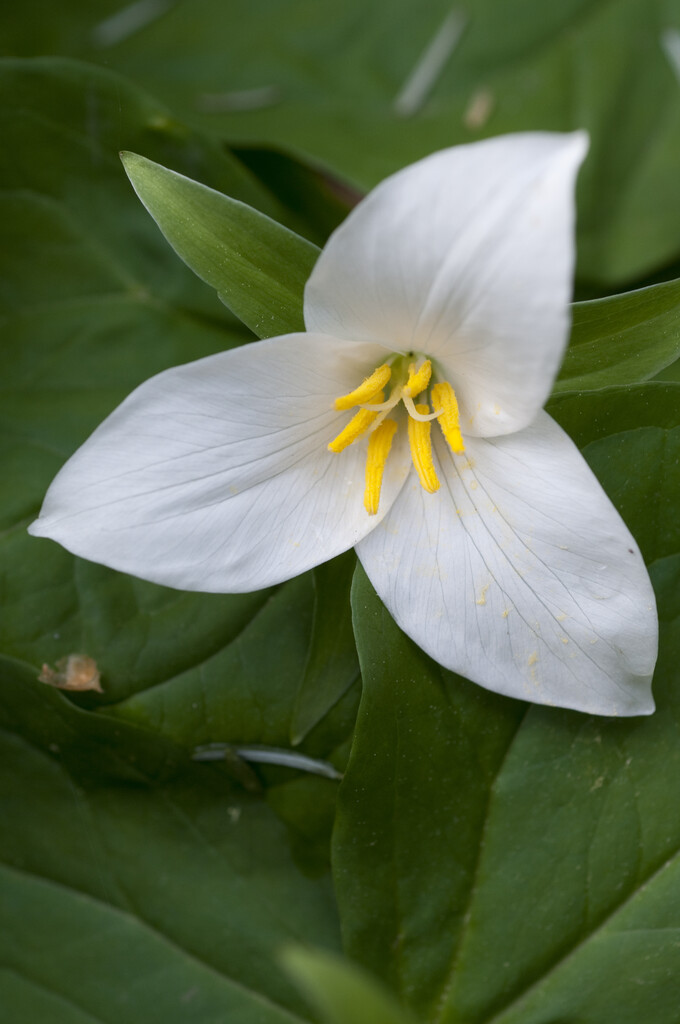Trillium ovatum
A clump-forming perennial, to around 50cm high, with upright, reddish stems each bearing three diamond-shaped, deeply veined dark green leaves. Fragrant white flowers, with spreading, curved back petals that age to reddish-pink, are held on short stems above the leaves in spring
Size
Ultimate height
0.1–0.5 metresTime to ultimate height
2–5 yearsUltimate spread
0.1–0.5 metresGrowing conditions
Moisture
Moist but well–drainedpH
Acid, NeutralColour & scent
| Stem | Flower | Foliage | Fruit | |
| Spring | White Pink | Green | ||
|---|---|---|---|---|
| Summer | ||||
| Autumn | ||||
| Winter |
Position
- Full shade
- Partial shade
Aspect
East–facing or North–facing or West–facing
Exposure
Sheltered Hardiness
H5Botanical details
- Family
- Melanthiaceae
- Native to GB / Ireland
- No
- Foliage
- Deciduous
- Habit
- Clump forming, Columnar upright
- Genus
Trillium are rhizomatous, herbaceous perennials with erect stems bearing a whorl of ovate or diamond-shaped leaves, with one or more erect or nodding flowers borne at the stem apex
- Name status
Correct
- Plant range
- Western N America
How to grow
Cultivation
Thrives in moist but well drained, humus rich, neutral to slightly acidic soil in light shade. Mulch annually in autumn, ideally with leaf mould. Ideal for woodland, or underplanting where they will not be overwhelmed by other plants. See trillium cultivation
Propagation
Propagate by seed, sown in pots in a shady cold frame as soon as seed is ripe; may take several years to reach flowering size. Propagate by division of rhizomes (root cuttings) after flowering
Suggested planting locations and garden types
- Cottage and informal garden
- Low Maintenance
- Flower borders and beds
- Underplanting of roses and shrubs
Pruning
No pruning required
Pests
Diseases
Generally disease-free
Get involved
The Royal Horticultural Society is the UK’s leading gardening charity. We aim to enrich everyone’s life through plants, and make the UK a greener and more beautiful place.
